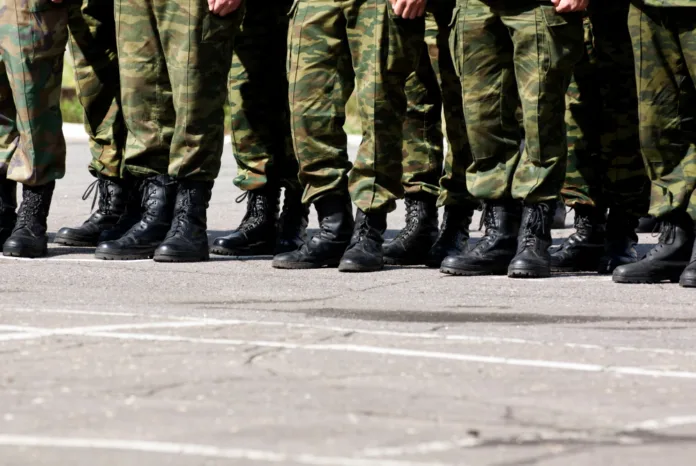The agreement marks a pivotal step towards improved diplomatic relations, following years of border tensions
In a significant development for India-China relations, both countries are poised to complete the military disengagement process across the Line of Actual Control (LAC) by today, October 28-29. This crucial step aims to alleviate tensions that have persisted since the 2020 clashes in Galwan Valley, a conflict that resulted in significant casualties on both sides.
According to reports from ANI, the completion of this disengagement signifies the beginning of de-escalation efforts between the two nations. As troops withdraw, patrolling in specific areas of the LAC is expected to resume, contingent on the dismantling of temporary military structures currently in place.
The military disengagement will specifically occur at two key friction points: Demchok and the Depsang Plains in eastern Ladakh. These locations have been flashpoints in the ongoing border dispute, which has seen increasing military presence and confrontations over recent years. A source within the Indian Army confirmed to ANI that the agreements reached would only apply to Demchok and Depsang, indicating that other areas of contention remain unresolved.
Embed from Getty Images“The latest agreements will only be valid for Demchok and Depsang and not other places. This agreement will not be applicable to other friction zones. Troops from both sides will fall back to positions they held pre-April 2020, and they will patrol areas where they patrolled till April 2020,” the source explained. This retreat to pre-April positions signifies a return to the status quo before escalating tensions began to reshape the dynamics of the region.
The recent agreement reflects a concerted effort by both governments to address long-standing issues surrounding the border, which have historically marred diplomatic relations. Following discussions between Indian and Chinese officials, this marks the first successful resolution since the deadly altercation in Galwan, indicating a potential thaw in relations that have been strained for over four years.
Military disengagement is a complex process, requiring coordination and trust between both nations. As troops stand down, the hope is that this act of good faith will lead to more extensive dialogue regarding other unresolved friction points along the LAC. Observers suggest that while this disengagement is a positive step, the underlying issues that fuel the conflict remain.
Furthermore, the disengagement is crucial not only for the bilateral relationship between India and China but also for regional stability in South Asia. Both nations hold significant geopolitical power, and their interactions can have widespread implications for trade, security, and diplomatic engagements across the region.
The timing of this agreement also coincides with a growing need for both nations to focus on collaborative efforts in various domains, including economic cooperation and environmental sustainability. With the backdrop of increasing global challenges, the potential for a stable and cooperative India-China relationship could serve as a model for resolving disputes through dialogue rather than military confrontations.
As the disengagement unfolds today, all eyes will be on both countries to see how they manage the subsequent steps towards de-escalation and the eventual establishment of a comprehensive framework for long-term peace along the LAC.
